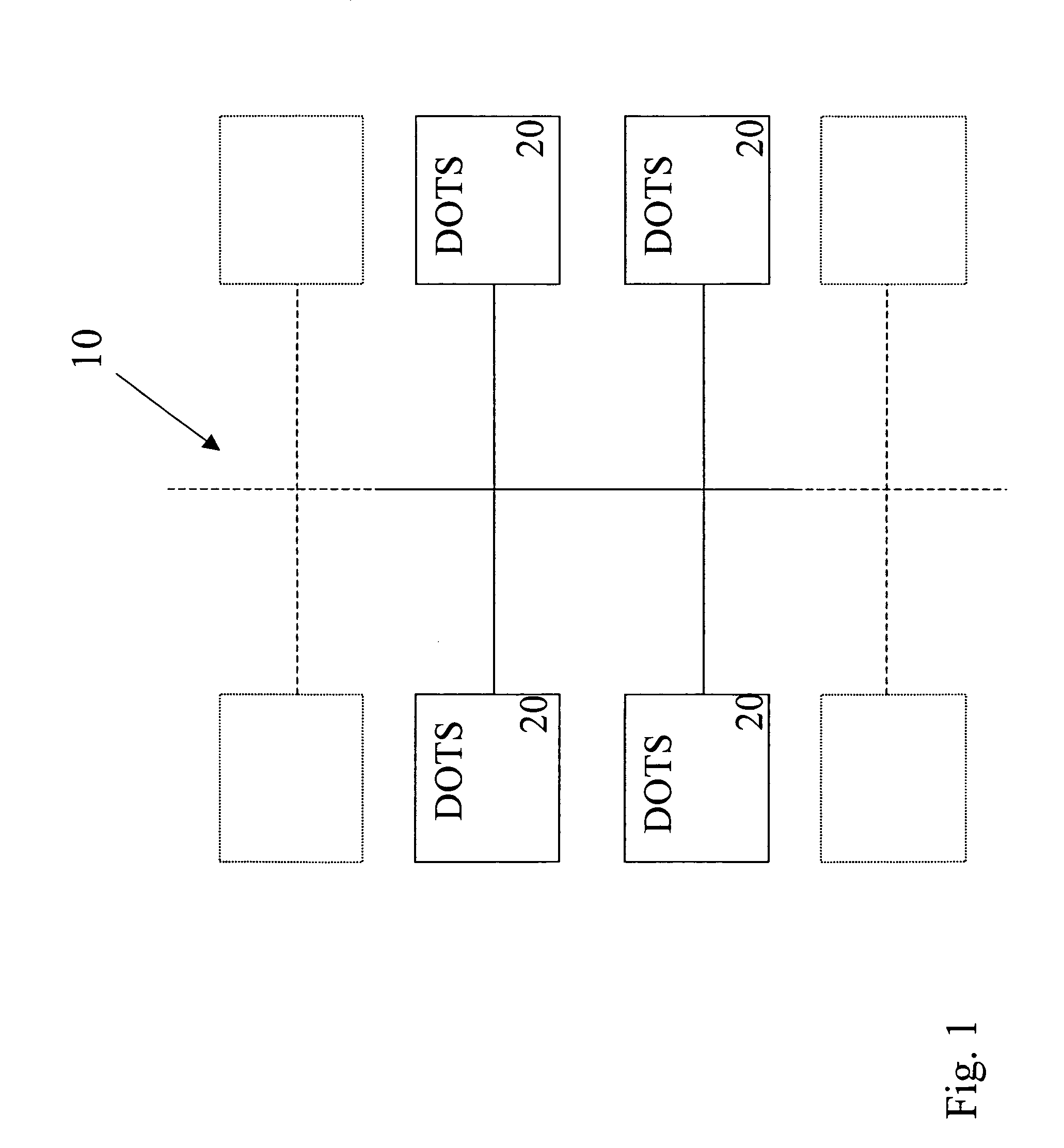Distributed active knowledge and process base allowing system elements to be shared within a collaborative framework
a process base and active knowledge technology, applied in the field of distributed active knowledge and process bases, can solve the problems of limiting the scope of possible collaboration and data sharing, limiting the collaborative structure of data objects, and systems often insufficient scope to allow efficient workflow in a real collaborative setting. , to achieve the effect of fostering online collaboration and sufficient flexibility in data security
- Summary
- Abstract
- Description
- Claims
- Application Information
AI Technical Summary
Benefits of technology
Problems solved by technology
Method used
Image
Examples
Embodiment Construction
[0033]Turning to FIG. 1, the present invention consists of a distributed active knowledge and process base (DKB), which incorporates connected over the Internet or wireless media multiple Distributed Object Technology Systems. As shown in FIG. 2, each Distributed Object Technology System (DOTS) provides its services to multiple users via multiple client devices (clients) 30 connected to a server 40, and dynamically distributes operation processing between the server and the clients. A client can be a rich client, such as a workstation or personal computer with an HTML browser that supports a downloadable Java applet program that represents the User Interface and performs a portion of the business logic for all system operations. A client can also be a poor client such as a wireless device with a WML browser that represents the User Interface for all system operations with a set of standard functions available to the specific device type.
[0034]The DOTS 20 illustrated in FIG. 3 consis...
PUM
 Login to View More
Login to View More Abstract
Description
Claims
Application Information
 Login to View More
Login to View More - R&D
- Intellectual Property
- Life Sciences
- Materials
- Tech Scout
- Unparalleled Data Quality
- Higher Quality Content
- 60% Fewer Hallucinations
Browse by: Latest US Patents, China's latest patents, Technical Efficacy Thesaurus, Application Domain, Technology Topic, Popular Technical Reports.
© 2025 PatSnap. All rights reserved.Legal|Privacy policy|Modern Slavery Act Transparency Statement|Sitemap|About US| Contact US: help@patsnap.com



